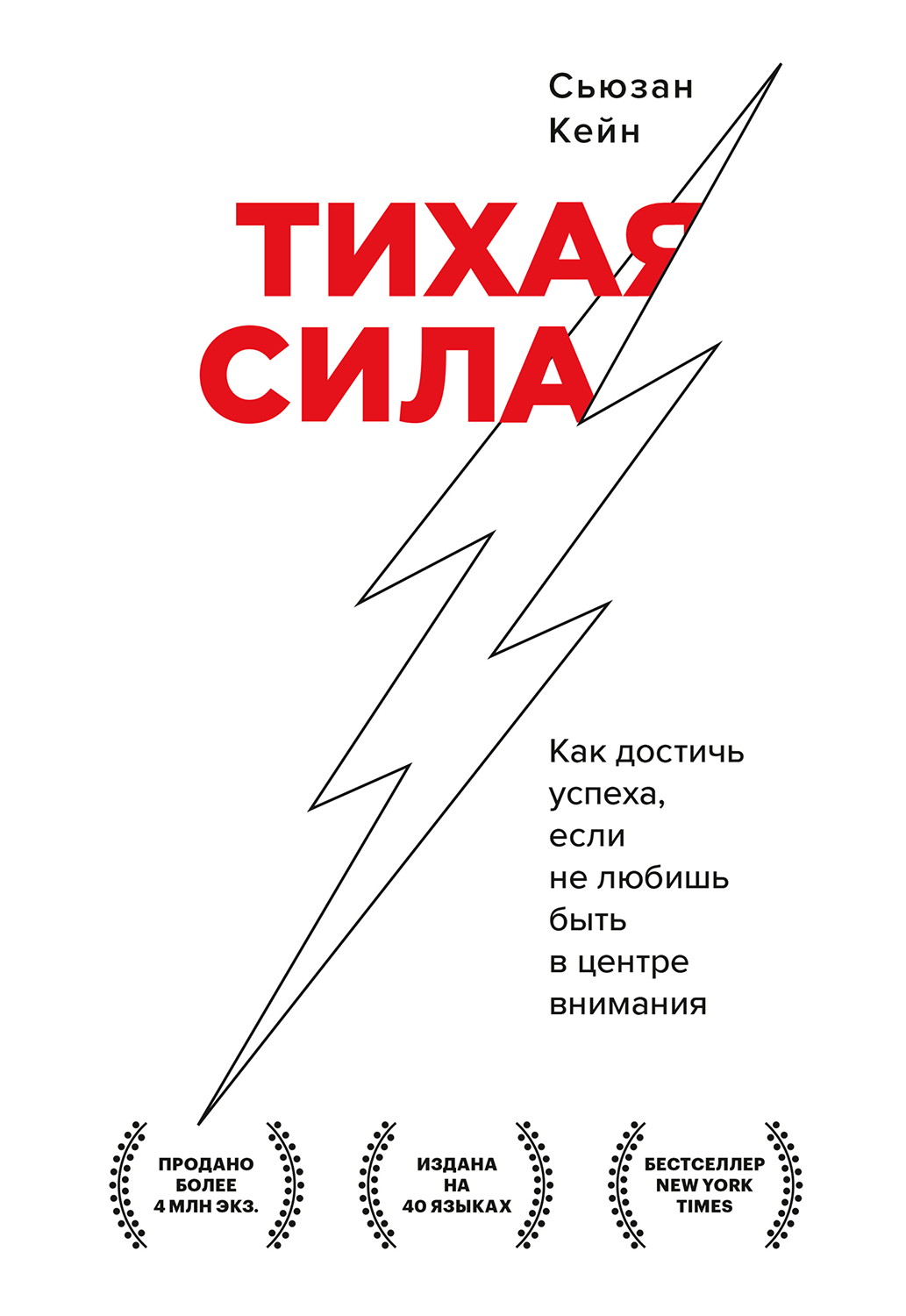(1995): 125–33.
David G. Winter. Personality: Analysis and Interpretation of Lives.
Natasha Mitchell. Jerome Kagan: The Father of Temperament (радиоинтервью на ABC Radio International от 26 августа 2006 года; доступ к нему можно получить здесь: http://www.abc.net.au/rn/allinthemind/stories/2006/1722388.htm).
Winifred Gallagher (со ссылкой на Ликкена). How We Become What We Are.
Интервью с автором от 15 июня 2006 года.
Winifred Gallagher. I.D.: How Heredity and Experience Make You Who You Are. — New York: Random House, 1996. — Pp. 29, 46–50. См. также Jerome Kagan, Nancy Snidman. The Long Shadow of Temperament.
Grazyna Kochanska, R. A. Thompson. «The Emergence and Development of Conscience in Toddlerhood and Early Childhood» in «Parenting and Children’s Internalization of Values», edited by J. E. Grusec, L. Kucynski. — New York: John Wiley and Sons, 61. См. также Grazyna Kochanska. «Toward a Synthesis of Parental Socialization and Child Temperament» in «Early Development of Conscience» / Child Development 64 no. 2 (1993): 325–47; Grazyna Kochanska, Nazan Aksan. Children’s Conscience and Self-Regulation / Journal of Personality 74, no. 6 (2006): 1587–1617; Grazyna Kochanska et al. Guilt and Effortful Control: Two Mechanisms That Prevent Disruptive Developmental Trajectories / Journal of Personality and Social Psychology 97, no. 2 (2009): 322–33.
Winifred Gallagher. I.D.: How Heredity and Experience Make You Who You Are. — Pp. 46–50.
David Dobbs. The Science of Success / The Atlantic magazine, 2009. См. также Jay Belsky et al. Vulnerability Genes or Plasticity Genes? / Molecular Psychiatry, 2009: 1–9; Michael Pluess, Jay Belsky. Differential Susceptibility to Rearing Experience: The Case of Childcare / The Journal of Child Psychology and Psychiatry 50, no. 4 (2009): 396–404; Michael Pluess, Jay Belsky. Differential Susceptibility to Rearing Experience: Parenting and Quality Child Care / Developmental Psychology 46, no. 2 (2010): 379–90; Jay Belsky, Michael Pluess. Beyond Diathesis Stress: Differential Susceptibility to Environmental Influences / Psychological Bulletin 135, no. 6 (2009): 885–908; Bruce J. Ellis, W. Thomas Boyce. Biological Sensitivity to Context / Current Directions in Psychological Science 17, no. 3 (2008): 183–87.
Elaine N. Aron. Psychotherapy and the Highly Sensitive Person. — P. 3. См. также A. Engfer. «Antecedents and Consequences of Shyness in Boys and Girls: A 6-year Longitudinal Study» in «Social Withdrawal, Inhibition, and Shyness in Childhood» edited by K. H. Rubin, J. B. Asendorpf. — Hillsdale, NJ: Lawrence Erlbaum, 1993. — Pp. 49–79; W. T. Boyce et al. Psychobiologic Reactivity to Stress and Childhood Respiratory Illnesses: Results of Two Prospective Studies / Psychosomatic Medicine 57 (1995): 411–22; L. Gannon et al. The Mediating Effects of Psychophysiological Reactivity and Recovery on the Relationship Between Environmental Stress and Illness / Journal of Psychosomatic Research 33 (1989): 165–75.
Из электронного письма Джерома Кагана автору книги от 22 июня 2010 года.
См., например: Jay Belsky et al. Vulnerability Genes or Plasticity Genes? — P. 5. См. также Michael Pluess, Jay Belsky. Differential Susceptibility to Rearing Experience: The Case of Childcare — P. 397.
Elaine Aron. The Highly Sensitive Child: Helping Our Children Thrive When the World Overwhelms Them.
Интервью автора с Джеем Белски от 28 апреля 2010 года.
Stephen J. Suomi. Early Determinants of Behaviour: Evidence from Primate Studies / British Medical Bulletin 53, no. 1 (1997): 170–84 («Высокореактивные детеныши, которых воспитывали заботливые самки, быстрее развивались в поведенческом плане. …Эти особи становились особенно искусными в привлечении и удержании других членов группы в качестве союзников в стычках с соперниками. Возможно, именно по этой причине они занимали впоследствии высшие позиции в иерархии группы. …Очевидно, что высокую реактивность не всегда нужно связывать с неблагоприятными краткосрочными и долгосрочными последствиями»). См. также видео на сайте Atlantic Monthly: ( http://www.theatlantic.com/magazine/archive/2009/12/the-science-of-success/7761/), в котором Стивен Суоми говорит следующее: «У обезьян, у которых была та же короткая аллель гена и которые росли под присмотром заботливых матерей, не возникало никаких проблем. Они справлялись со своими задачами так же или даже лучше, чем обезьяны с другим вариантом этого гена». (Следует обратить внимание, что о связи между короткой аллелью гена SERT и депрессией у людей говорят очень много, но это достаточно спорный вопрос.)
Seth J. Gillihan et al. Association Between Serotonin Transporter Genotype and Extraversion / Psychiatric Genetics 17, no. 6 (2007): 351–54. См. также M. R. Munafo et al. Genetic Polymorphisms and Personality in Healthy Adults: A Systematic Review and Meta-Analysis / Molecular Psychiatry 8 (2003): 471–84. См. также Cecilie L. Licht et al. Association Between Sensory Processing Sensitivity and the 5-HTTLPR Short/Short Genotype.
David Dobbs. The Science of Success.
Jay Belsky et al. Vulnerability Genes or Plasticity Genes?
Elaine Aron. Psychotherapy and the Highly Sensitive Person. — Pp. 240–41.
W. T. Boyce et al. Psychobiologic Reactivity to Stress and Childhood Respiratory Illnesses: Results of Two Prospective Studies. См. также W. Thomas Boyce, Bruce J. Ellis. Biological Sensitivity to Context: I. Evolutionary-Developmental Theory of the Origins and Functions of Stress Reactivity / Development and Psychopathology 27 (2005): 283.
Judith R. Homberg, Klaus-Peter Lesch. Looking on the Bright Side of Serotonin Transporter Gene Variation / Biological Psychiatry, 2010.
Jay Belsky et al. Vulnerability Genes or Plasticity Genes?
Интервью автора с Джеем Белски от 28 апреля 2010 года.
Михай Чиксентмихайи. В поисках потока: психология включенности в повседневность. — М.: Альпина нон-фикшн, 2011.
Я провела ряд интервью с доктором Шварцем в период с 2006 по 2010 год.
Carl Schwartz et al. Inhibited and Uninhibited Infants ‘Grown Up’: Adult Amygdalar Response to Novelty / Science 300, no. 5627 (2003): 1952–53.





